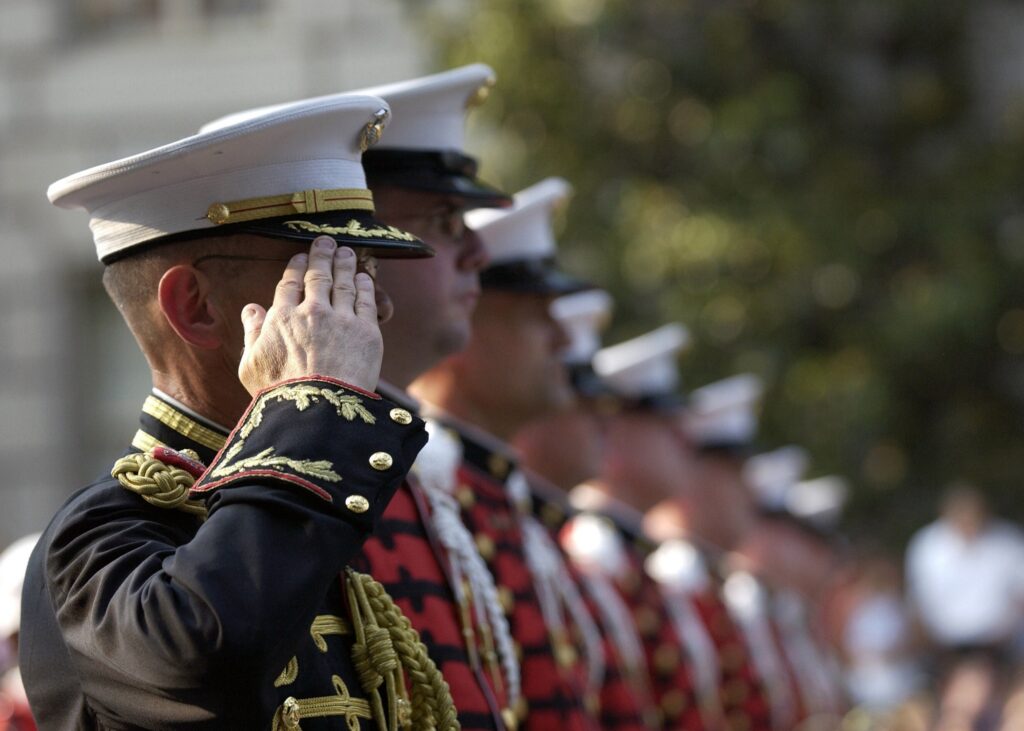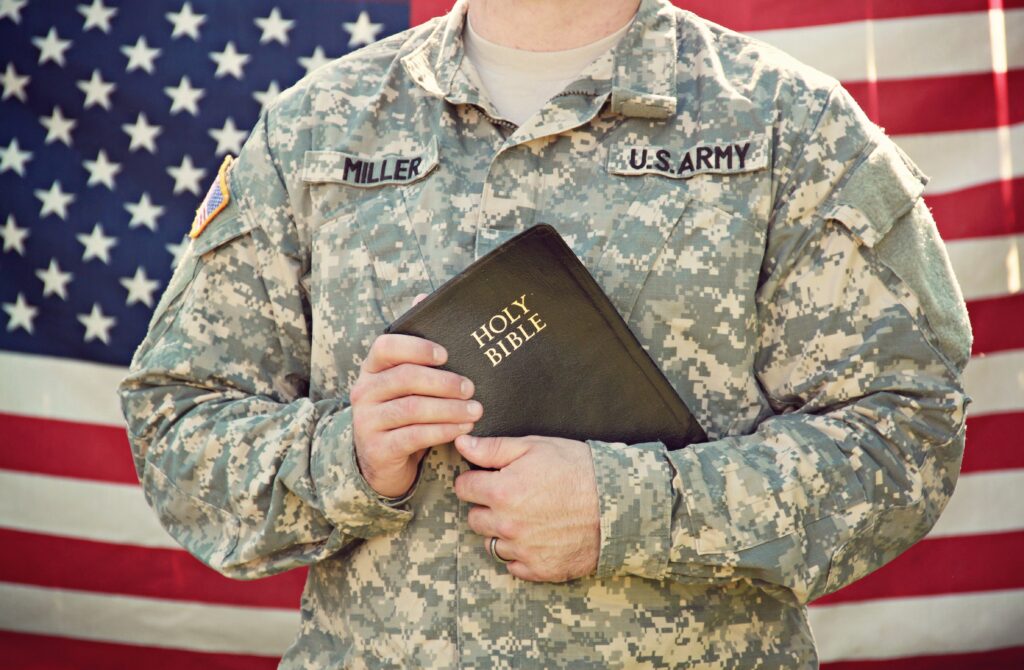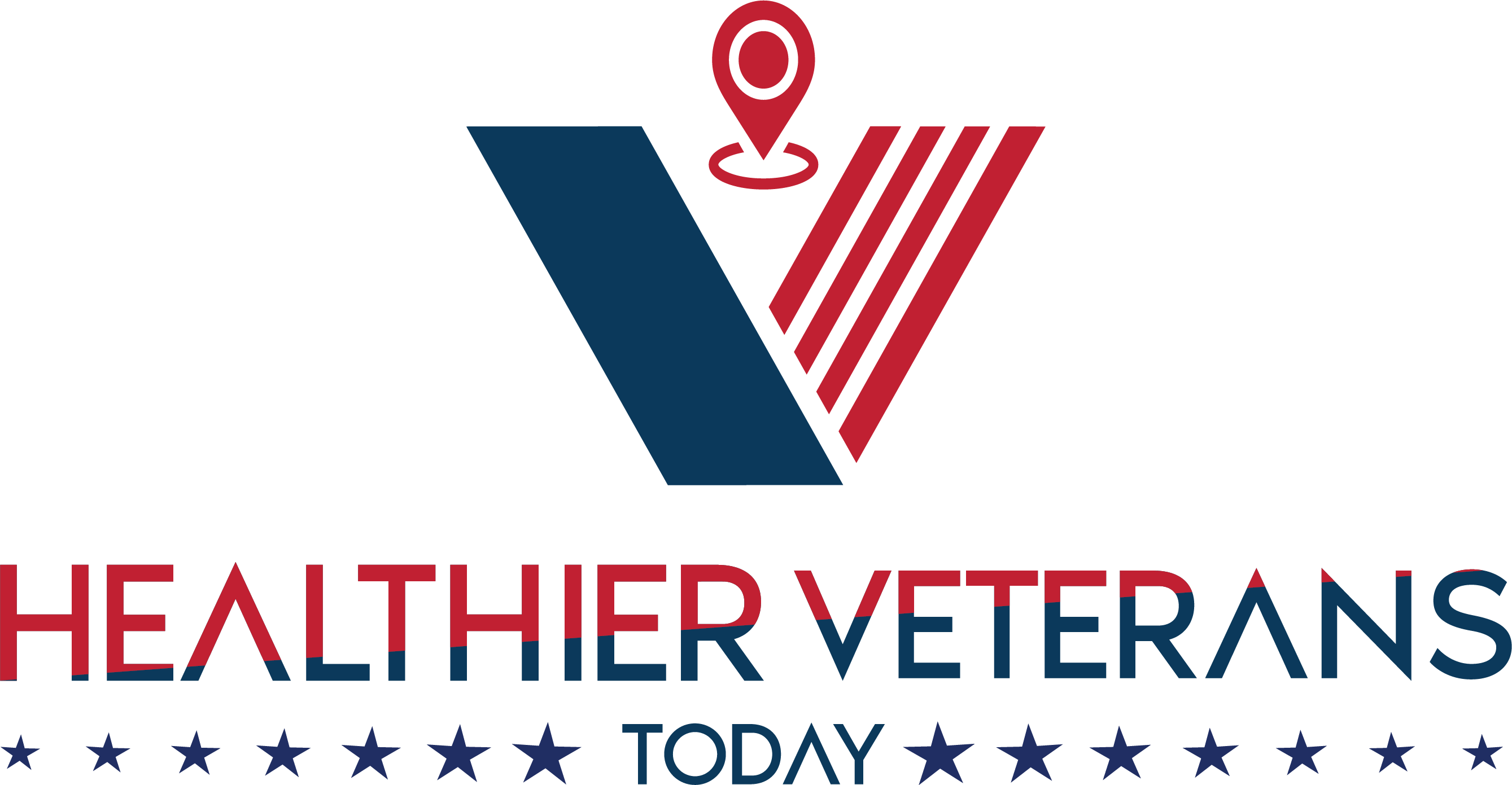Let’s look into what veterans with PTSD and TBI means and how you can help! Post-traumatic stress disorder affects 6.8% of adult Americans, and those who have served in the military are more likely to experience it. Depending on the conflict in which soldiers served, the Department of Veterans Affairs (VA) estimates that 12% and 30% of veterans with tbi and ptsd. There have always been wars and conflicts. The trauma brought on by these events has also decreased in severity for those who experience them. Post-traumatic stress disorder is a diagnosis that is still relatively new. The manual that doctors and therapists use to identify mental health conditions did not include PTSD as a separate condition until 1980. researchers may not have given post-traumatic stress disorder an official name until recently, and it has long been known that exposure to combat situations can severely affect a person’s mind and body. In actuality, it was soldiers’ experiences in combat that led to the diagnosis of PTSD.
What is PTSD: Veterans with PTSD and TBI?

Veterans with PTSD and TBI: It is a disorder that develops in some people who have experienced a shocking, frightening, or dangerous event. These kinds of incidents, specifically in the context of military personnel, typically occur during the war when soldiers face their mortality and that of their comrades. In actuality, PTSD affects military personnel more frequently than the general public. The Department of Veterans Affairs estimates that 7 to 8% of people will experience PTSD. But this rate is much higher for veterans of the armed forces, and the precise amount varies greatly depending on which conflict they experienced. For instance, there is an 11–20% chance that veterans of Operations Iraqi Freedom and Enduring Freedom will experience PTSD. However, it is predicted that this specific mental health condition will or has already developed in about 30% of Vietnam War veterans.
While veterans with PTSD and TBI has historically gone by various names, including “shell shock” during World War I and what is known as “combat fatigue” after World War II, it is not a condition that only affects veterans of armed conflict. Everybody, of any race, nation, or culture, and at any age, is susceptible to PTSD. Doctors will give one in eleven people a PTSD diagnosis in their lifetime, and PTSD affects about 3.5 percent of adult U.S. citizens annually. Latinos, African Americans, and American Indians are disproportionately affected and experience PTSD at higher rates than non-Latino whites.
Experienced Symptoms for Veterans with PTSD and TBI

Long after the traumatic event has passed, veterans with PTSD and TBI continue to experience intense, unsettling thoughts and feelings in connection with it. Flashbacks or nightmares may cause them to relive the incident and experience sadness, fear, or anger. They might also feel distant or estranged from other people due to these emotions. People with PTSD might avoid places, things, or people that bring back unpleasant memories. They might react negatively even to unimportant things like a loud noise or an unintentional touch. The following four groups of signs and symptoms for veterans with PTSD and TBI apply. The degree of a particular symptom can change.
1. Intrusion
Persistent, unconscious memories, upsetting dreams, or flashbacks to the traumatic event are examples of intrusive thoughts. Flashbacks can sometimes be so vivid that sufferers may believe they are reliving the traumatic event or seeing it right in front of them.
2. Avoidance
Avoiding things, places, activities, people, and situations that might bring back unpleasant memories is one way to keep yourself from being reminded of the traumatic event. It’s common for people to try to forget or not think about the traumatic experience. They might be reluctant to discuss what happened or their feelings regarding it.
3. Alterations in Cognition and Mood
Includes the inability to recall crucial details of the traumatic event, negative emotions leading to persistent and distorted beliefs about oneself and other people, and distorted thoughts about the cause or consequences of the event leading to incorrectly blaming oneself or others, much less interest in once-enjoyed activities, and feeling detached or estranged from others.
4. Changes in Reactivity and Arousal
Reactive symptoms include irritability and angry outbursts, reckless or self-destructive behavior, being overly aware of one’s surroundings in a suspicious way, being easily startled, having trouble focusing or sleeping, and being excessively watchful of one’s surroundings.
Depression, substance abuse, memory, cognitive decline, and other physical and mental health issues are frequently made more likely by PTSD. PTSD patients occasionally struggle in their relationships with others or with their families. They might struggle to maintain a job, experience marital conflict, or have trouble getting along with their relatives.
Coping and Management: Veterans with PTSD and TBI

The Department of Defense (DoD) challenges figuring out the best ways to treat post-traumatic stress disorder new generations of service members return from deployment (PTSD). veterans with PTSD and TBI have been demonstrated to be a severe issues, especially for those exposed to prolonged ground combat, according to prevalence estimates based on self-report surveys among soldiers in the conflicts in Iraq and Afghanistan. Health care providers and clinicians have various tbi and ptsd military treatment options for dealing with PTSD in service members. Understanding the multiple treatments available to service members is crucial because there are many factors to consider when treating veterans with PTSD and TBI (such as accessibility to services, availability, safety, etc.).
1. Prevention
As with all disorders, effective veterans with PTSD and TBI prevention may be preferable to even the most potent forms of care. Doctors can prevent PTSD in the same way patients can avoid traumatic events. Preventive interventions, such as psychoeducation, brief counseling, and preventative medication, are available in the immediate aftermath of traumatic exposures. None of these have been demonstrated to stop PTSD, even though some show promise. Several early interventions have been used to prevent PTSD from developing. Public health or population-based interventions supported by the research on cognitive behavioral therapy for veterans with PTSD and TBI are the most promising. One promising early intervention is Psychological First Aid (ncptsd.org). Similar to this, many carefully conducted studies have shown that early CBT and exposure-based treatments are effective as early interventions. These interventions might lessen people’s chances of experiencing PTSD after traumatic exposures, but more studies are required to prove it. Contrarily, it has been demonstrated that Critical Incident Stress Debriefing (CISD) administered in mandatory groups is ineffective for the prevention of PTSD and is not advised in the current VA/DoD CPG.
2. CBT/Talk Therapy
Counseling, also known as psychotherapy, medication, or a combination of the two, is the primary treatment for veterans with PTSD and TBI. There are numerous PTSD treatment options, and patient responses to treatment can vary, but some treatments can be more effective overall. Counseling methods include cognitive-behavioral therapy (CBT). With CBT, a therapist assists the service member with PTSD in comprehending and altering how thoughts and beliefs about the trauma and the outside world contribute to stress and uphold present symptoms. The following table lists various CBT types:
3. Lengthy-Term Exposure Therapy
- Imaginal exposure is the prolonged and repeated recall of a traumatic event.
- In-person exposure is the systematic encounter with trauma-related circumstances that are safe but are avoided.
- Increases emotional processing of the traumatic event so that memories or situations no longer cause anxious arousal to trauma and avoidance and escape behaviors.
4. Cognitive Behavioral Therapy

- Change the connections between thoughts and feelings.
- Recognize and challenge incorrect or extreme automatic negative thoughts.
- Create alternative, more logical, or beneficial thoughts.
- Assist the individual in recognizing and modifying trauma-related thoughts and beliefs.
- Assist the individual in changing their perceptions of themselves and the world.
5. Therapy for Cognitive Processing
- Recognizing and refuting false beliefs and thoughts
- Particular focus is placed on “Stuck Points,” which are emotions, convictions, and ideas that are difficult to accept or stem from traumatic events.
- Create and read aloud a thorough account of the traumatic experience.
- Assist the person in changing their beliefs about intimacy, esteem, power and control, safety, and trust.
- Assist the person in locating and modifying “stuck points.”
Veterans with PTSD and TBI: How you can help!
Numerous carefully conducted studies have demonstrated the effectiveness of CBT in treating PTSD. However, some service members may not benefit from some interventions or require additional treatment to address other issues (such as co-occurring conditions).





